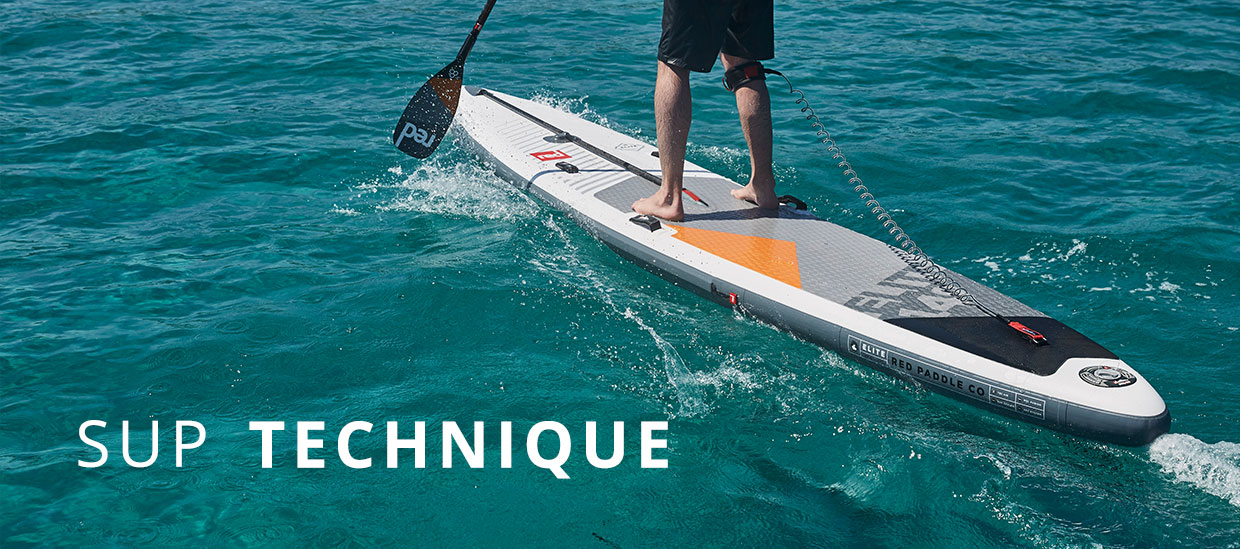When it comes to stand up paddling, mastering the right techniques is crucial for a smooth and enjoyable experience on the water. Whether you’re a beginner or an experienced paddler looking to refine your skills, understanding proper stance and posture, paddle technique, turning and maneuvering, dealing with waves and wind, and advanced techniques is essential. In this article, we’ll delve into each of these stand up paddling techniques to help you become a proficient stand up paddler.
Here are some fundamental stand-up paddling techniques to get you started:
- Balancing on the Board:
- Stand in the center of the board with your feet parallel, shoulder-width apart.
- Keep your weight evenly distributed and your knees slightly bent to maintain balance.
- Grip and Positioning:
- Hold the paddle with one hand on the top handle and the other on the shaft, creating a comfortable shoulder-width grip.
- Ensure the blade angle is facing away from you when paddling.
- Paddle Entry:
- Reach forward with the paddle, extending your arm fully.
- Insert the paddle into the water with the blade submerged completely.
- Forward Stroke:
- Plant the paddle in the water near the front of the board.
- Pull the paddle back alongside the board, keeping it close for an efficient stroke.
- Rotate your torso and engage your core muscles for added power.
- Switching Sides:
- To maintain a straight course, switch the paddle from one side to the other after a few strokes.
- Cross the paddle over the board while maintaining balance.
- Turning Techniques:
- To turn left, paddle more on the right side and vice versa.
- Use sweeping strokes or reverse paddling to execute wide turns.
- For sharper turns, step back on the board to lift the nose out of the water.
- Bracing:
- In choppy or unsteady water, use a brace technique to stabilize yourself.
- Place the paddle horizontally on the water surface and lean on it for support.
- Getting on and off the Board:
- Start in shallow water to practice getting on and off the board safely.
- Get on your knees first before standing up.
- Navigation in Wind:
- Paddle on the side facing the wind to minimize resistance.
- Stagger your stance to improve stability in windy conditions.
- Safety Tips:
- Always wear a personal flotation device (PFD) and a leash to stay connected to your board.
- Be aware of your surroundings, including other watercraft and potential hazards.
Proper Stance and Posture

Feet Placement
When it comes to stand up paddling, finding the right balance starts with your feet placement. I always ensure that my feet are shoulder-width apart, parallel to the stringer for stability. Placing my weight evenly on both feet helps me maintain balance and control while paddling.
Body Alignment
Proper body alignment is key to efficient paddling. I make sure to keep my knees slightly bent, my back straight, and my head up. This posture allows for better stability and helps prevent fatigue during longer paddling sessions.
Paddle Technique

Hand Placement
When it comes to hand placement on the paddle, I position my top hand on the handle and my bottom hand on the shaft. This allows for a comfortable and powerful stroke, enabling me to propel through the water with ease.
Stroke Technique
For an effective stroke, I focus on engaging my core and using a full range of motion. I start the stroke by submerging the paddle fully and pulling it back alongside the board, ensuring a smooth and powerful movement through the water.
Turning and Maneuvering

Back Paddle
When it comes to turning the board, the back paddle technique comes in handy. By paddling backward on one side, I can quickly pivot the board in the opposite direction, allowing for smooth and controlled turns.
Sweep Stroke
The sweep stroke is another essential maneuvering technique. By extending the paddle out to the side and sweeping it in a wide arc, I can execute sharp turns and navigate around obstacles with precision.
Dealing with Waves and Wind

Adjusting Stance and Paddle Technique
When faced with waves and wind, I adjust my stance by bending my knees more to absorb the impact and maintain stability. I also modify my paddle technique, using shorter and quicker strokes to navigate through challenging conditions.
Advanced Techniques for Experienced Paddlers

Wave Riding
For experienced paddlers, wave riding opens up a whole new dimension of stand up paddling. By positioning myself on the wave’s sweet spot and using a combination of paddling and balance, I can ride the waves with grace and skill.
Cross-Stepping
Cross-stepping is a stylish and advanced technique that involves moving up and down the board while maintaining balance. This technique allows for precise weight distribution and control, enhancing maneuverability on the water.
Conclusion

Mastering stand up paddling techniques is a journey that requires practice, patience, and a willingness to learn. By focusing on proper stance and posture, paddle technique, turning and maneuvering, dealing with waves and wind, and advanced techniques, you can elevate your stand up paddling experience to new heights.
So, grab your board, paddle out, and embrace the thrill of stand up paddling with confidence and skill.
FAQs
-
What are 3 important paddle boarding tips?
Proper Paddle Technique. Hold the paddle with both hands, keeping them shoulder-width apart. Keep your arms straight and your body centered over the board. Start with the paddle in the water near the front of the board and pull it back toward your body. Use your core muscles to power your stroke, not just your arms.
-
How do you exercise stand up paddling?
HERE ARE SOME GREAT EXERCISES TO TRY THAT WILL GET YOU IN BETTER SHAPE FOR STANDUP PADDLEBOARDING: 1) Paddle Squat. 2) Squat Jump. 3) Wall Squat. 4) Push-ups. 5) Plank. 6) T-Plank. 7) Walkout Plank. 8) Superman Plank.
Originally posted 2023-11-13 08:00:30.

